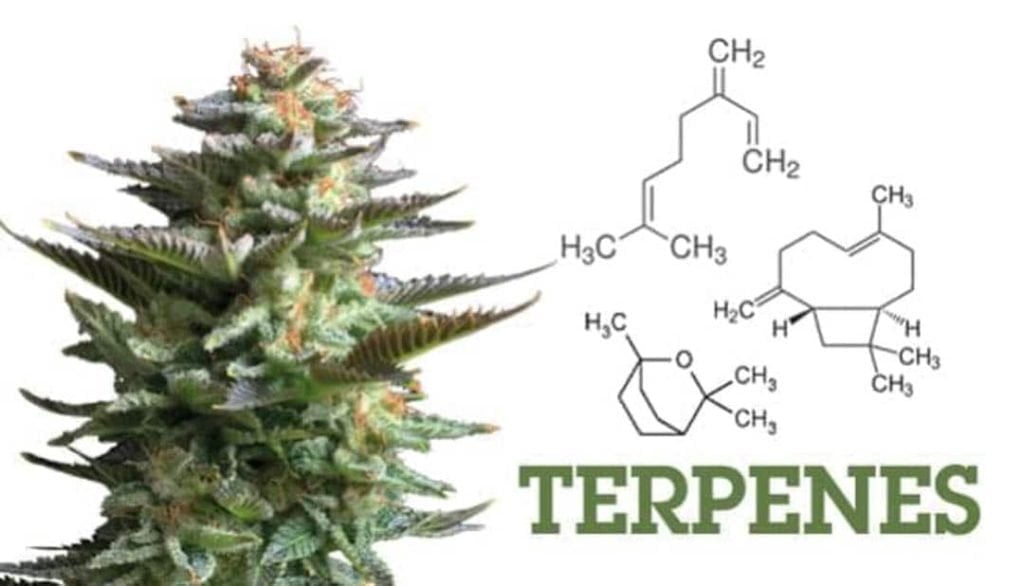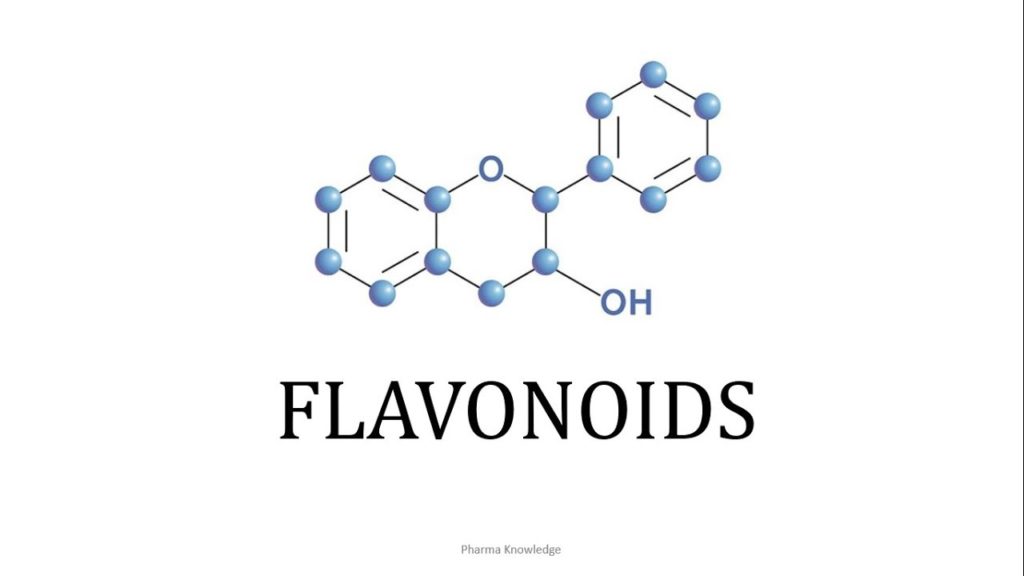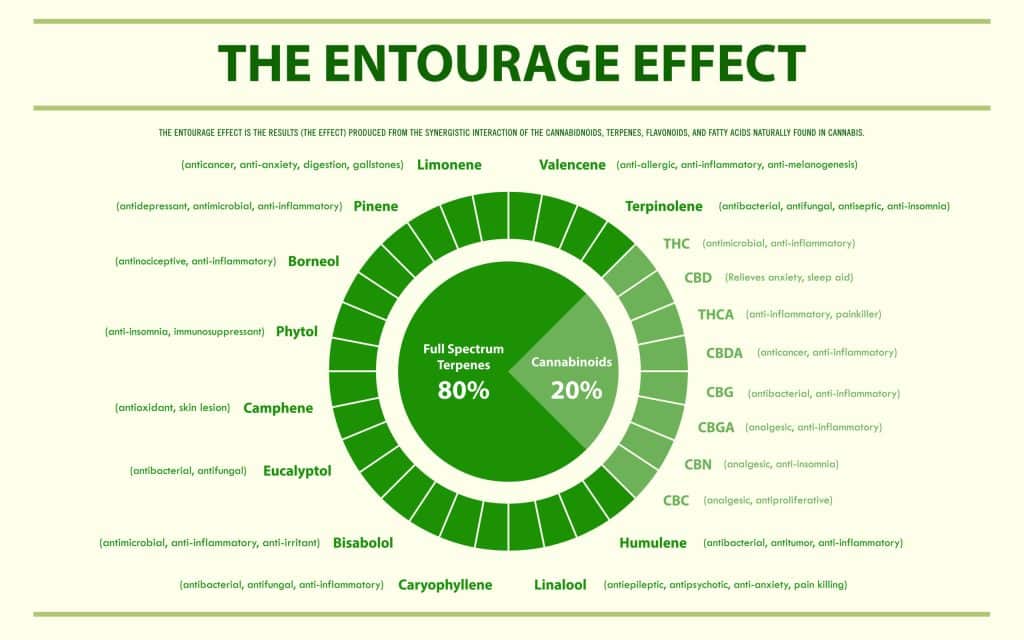Blog
The Entourage Effect Explained: How Cannabis Compounds Work Together for Optimal Results
Cannabis contains over 100 cannabinoids, terpenes, and other compounds, each with its unique properties and potential health benefits. While many of these compounds are studied individually, scientists are increasingly interested in how these compounds interact with each other to create a synergistic effect known as the entourage effect.
What is the Entourage Effect?
The entourage effect is a term used to describe the synergistic interaction between the various compounds present in the cannabis plant. These compounds, including cannabinoids, terpenes, and flavonoids, work together to produce a more potent and comprehensive effect than any single compound can achieve alone. For example, THC and CBD have been shown to work together to reduce inflammation and pain, while terpene myrcene has been found to enhance the effects of THC, making it more potent. The entourage effect is important because it highlights the importance of using whole-plant medicine rather than isolated compounds. By understanding how different compounds interact, we can create more effective treatments for a wide range of health conditions.
Cannabinoids

Cannabinoids are a group of chemical compounds that are found in cannabis plants. They interact with the endocannabinoid system in the human body and can have a range of effects, including pain relief, anti-inflammatory effects, and relaxation. The most well-known cannabinoids are THC and CBD, which have different effects on the body. THC is the psychoactive compound in cannabis that produces the “high” associated with recreational use, while CBD is non-psychoactive and is often used for its potential therapeutic benefits. Other cannabinoids include CBG, CBN, and CBC, each with their unique properties and potential health benefits. Research is ongoing to better understand the effects of these compounds and how they work together to produce the entourage effect.
Terpenes

Terpenes are a diverse group of organic compounds that give plants their characteristic scents and flavors. In cannabis, terpenes are responsible for the plant’s unique aroma and can vary widely between different strains. But terpenes may also have therapeutic properties. For example, the terpene linalool, which is found in lavender and some cannabis strains, is known for its calming and relaxing effects. Another terpene, beta-caryophyllene, has been shown to have anti-inflammatory properties. When combined with cannabinoids, terpenes may enhance their effects and influence their behavior. This is due to the entourage effect, where the synergistic interaction between multiple cannabis compounds leads to a greater overall effect than the sum of their individual effects. As such, terpenes are an essential component of the entourage effect and highlight the importance of whole-plant medicine in cannabis use.
Flavonoids

Flavonoids are a diverse class of compounds found in cannabis, as well as in many other plants. These compounds are responsible for giving plants their vibrant colors and play a crucial role in various plant functions, such as attracting pollinators and protecting the plant from UV radiation. In cannabis, flavonoids have been found to have potential health benefits, including anti-inflammatory, antioxidant, and anticancer properties. One flavonoid, in particular, called cannflavin A, has been found to have powerful anti-inflammatory effects that are 30 times stronger than aspirin. Additionally, some studies suggest that flavonoids may enhance the effects of other cannabis compounds, such as THC and CBD, contributing to the entourage effect. While flavonoids are not as well-studied as other cannabis compounds, they are still an essential component of the plant’s chemical makeup and may play a significant role in its medicinal effects.
How the Entourage Effect Works

The entourage effect is a complex interplay between various compounds present in the cannabis plant. It is believed that these compounds work together to create a synergistic effect that is more potent and effective than any one compound alone. Cannabinoids, such as THC and CBD, are believed to be the primary drivers of the entourage effect. By working together, they can modulate each other’s effects and produce a more balanced and nuanced experience for the user. Additionally, terpenes, the aromatic compounds responsible for the distinct flavors and aromas of cannabis, are believed to play a significant role in the entourage effect. They can influence how cannabinoids are absorbed and processed in the body, as well as provide their therapeutic benefits. While the exact mechanisms of the entourage effect are still being studied, it is clear that the interactions between different compounds in cannabis are essential to unlocking the full potential of this versatile plant.
The Importance of Whole-Plant Medicine
The concept of whole-plant medicine is rooted in the belief that the full spectrum of compounds found in a plant works together synergistically to produce greater therapeutic benefits than any one isolated compound could provide. In the case of cannabis, the entourage effect is a prime example of this concept in action. By using the entire plant, including all of its cannabinoids, terpenes, and flavonoids, the entourage effect allows for a more comprehensive and effective treatment approach. This approach is especially important in the case of medical cannabis, where patients are seeking relief from a variety of symptoms and conditions. Whole-plant medicine ensures that patients are receiving the full benefits of the plant’s medicinal properties, rather than just a single isolated compound. It also allows for a more personalized treatment approach, as the specific ratios and combinations of compounds can be tailored to individual patients’ needs. Overall, the importance of whole-plant medicine cannot be understated, particularly in the field of medical cannabis where effective treatment is crucial for patients’ quality of life.
Future Research
As the popularity of cannabis and its potential therapeutic benefits continue to rise, researchers are devoting more resources to understanding the intricacies of the entourage effect. The cannabis plant contains hundreds of compounds, many of which are still being studied for their potential medicinal properties. Future research on the entourage effect may focus on identifying the specific combinations of cannabinoids and terpenes that work best together for different health conditions. In addition, scientists may investigate how to optimize cultivation methods to produce strains with higher levels of specific compounds for targeted therapies. With ongoing research, it is possible that the entourage effect could lead to the development of entirely new classes of cannabis-based medicines.
The Entourage Effect: Maximizing the Potential of Cannabis Compounds
The entourage effect is a fascinating concept that has gained a lot of attention in the cannabis industry in recent years. Essentially, it refers to the synergistic interaction between various cannabis compounds, such as cannabinoids, terpenes, and flavonoids. Rather than isolating a single compound for medicinal use, the entourage effect suggests that using the whole plant may be more beneficial. This is because the different compounds work together to enhance each other’s effects and create a more potent and well-rounded therapeutic experience. Understanding the entourage effect is crucial for the development of effective cannabis-based treatments, as it allows for a more nuanced approach to using this powerful plant. By using whole-plant medicine and harnessing the power of the entourage effect, we may be able to create more targeted and effective treatments for a wide range of health conditions.


